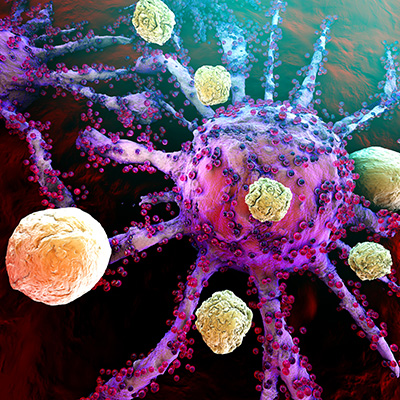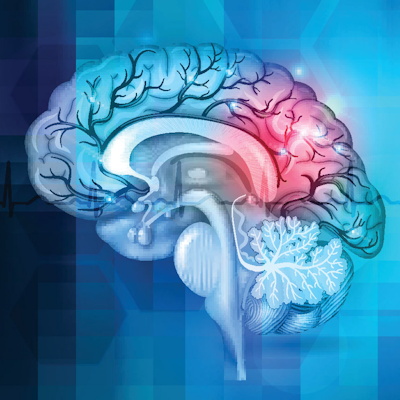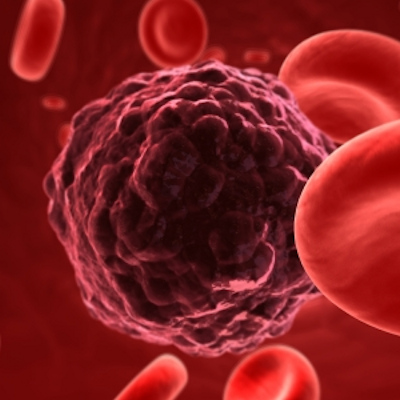February 2, 2023 -- Researchers have applied machine learning to a multi-omics dataset to identify the kinases that drive tumor growth and drug resistance in certain types of brain tumor.
Writing in Nature Cancer on Thursday, scientists at the University of Miami Miller School of Medicine described the use of the substrate phosphosite-based inference for networks of kinases and an artificial intelligence (AI) algorithm known as Sphinks. Through deep-machine learning, Sphinks helped the researchers to identify and validate two protein kinases -- PKCΔ and DNAPKcs -- implicated in forms of glioblastoma multiforme.
The project built on earlier work to capture the key traits of cancer cells and group individuals with glioblastoma multiforme, a fast-growing and aggressive brain tumor, based on their survival prospects and responsiveness to treatment. The work delivered a new glioblastoma classification. In the latest study, the scientists used genomic, proteomic, lipidomic, epigenetic, and metabolomic data to confirm the classification.
Sphinks used the multi-omics data to map biological interactions, creating a resource known as an interactome, and thereby zeroed in on the kinases that are critical to the proliferation and resistance of two types of brain tumor. Dr. Antonio Iavarone, deputy director of Miami's Sylvester Comprehensive Cancer Center and senior author of the study, explained the importance of the project in a statement.
"We can now stratify glioblastoma patients based on biological features that are common between different omics," Iavarone said. "Reading the genome alone has not been enough. We have needed more comprehensive data to identify tumor vulnerabilities."
The two kinases identified by Sphinks are potential drug targets for the treatment of brain cancers. Drugs that block the activity of protein and lipid kinases have become central to the treatment of a wide range of cancers since the 2001 approval of imatinib, which Novartis sold as Gleevec in the U.S.
Iavarone and his collaborators generated early evidence that targeting PKCΔ and DNAPKcs may improve outcomes in brain cancer patients. The researchers grew tumor organoids and used them to show that molecules designed to interfere with the kinases can affect tumor growth. While in the early stages, the work could ultimately address a major unmet medical need given the largely unsuccessful efforts to develop treatments for glioblastoma multiforme to date.
The Miami researchers see applications for Sphinks outside of the brain cancer type, noting that it is equally applicable to several other oncology indications. The same cancer-driving kinases occur in breast, lung, and pediatric brain tumors, leading the researchers to explore basket clinical trials. Such trials enroll people with different types of cancer that all have the same mutation or biomarker.
Copyright © 2023 scienceboard.net










